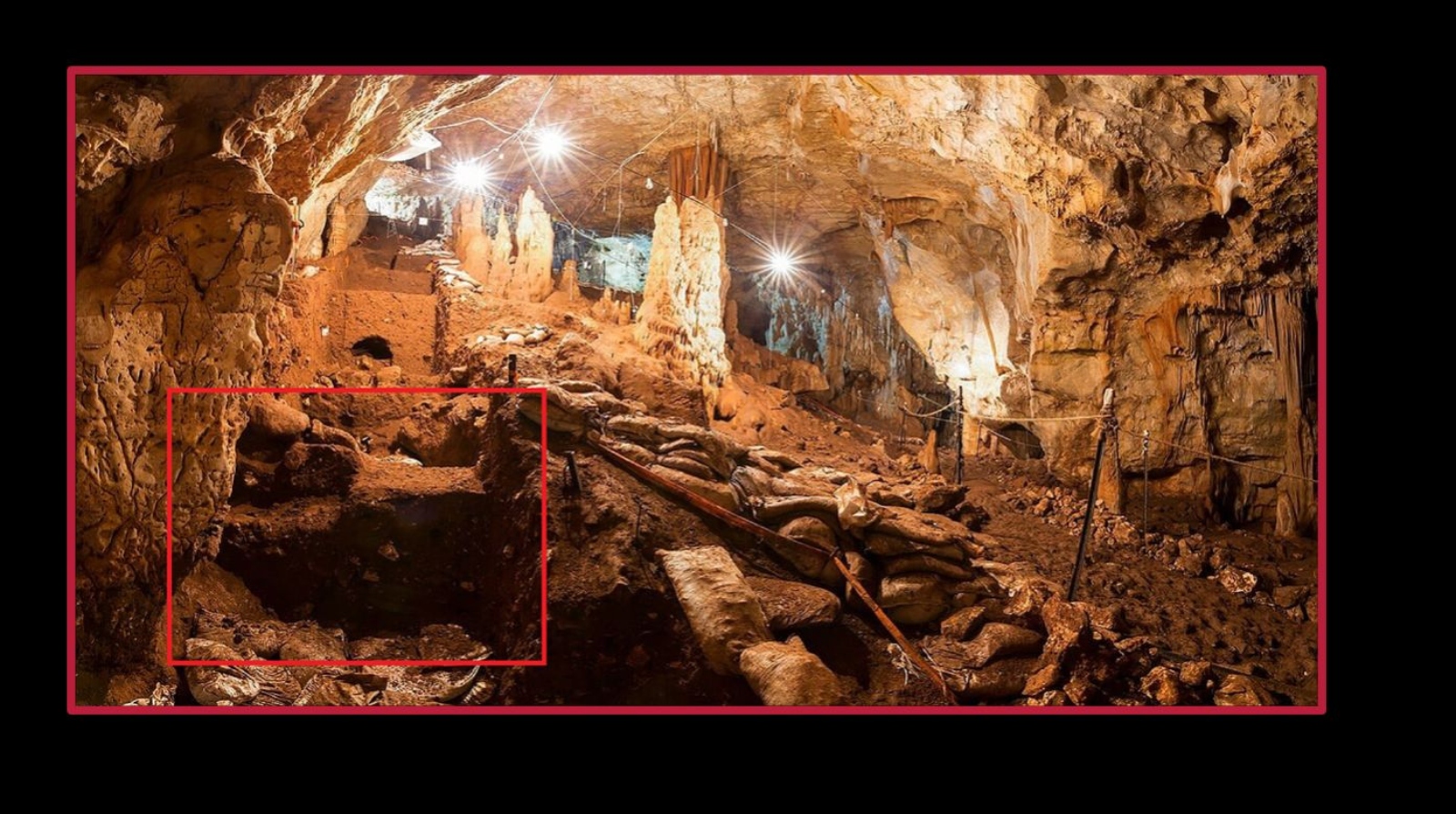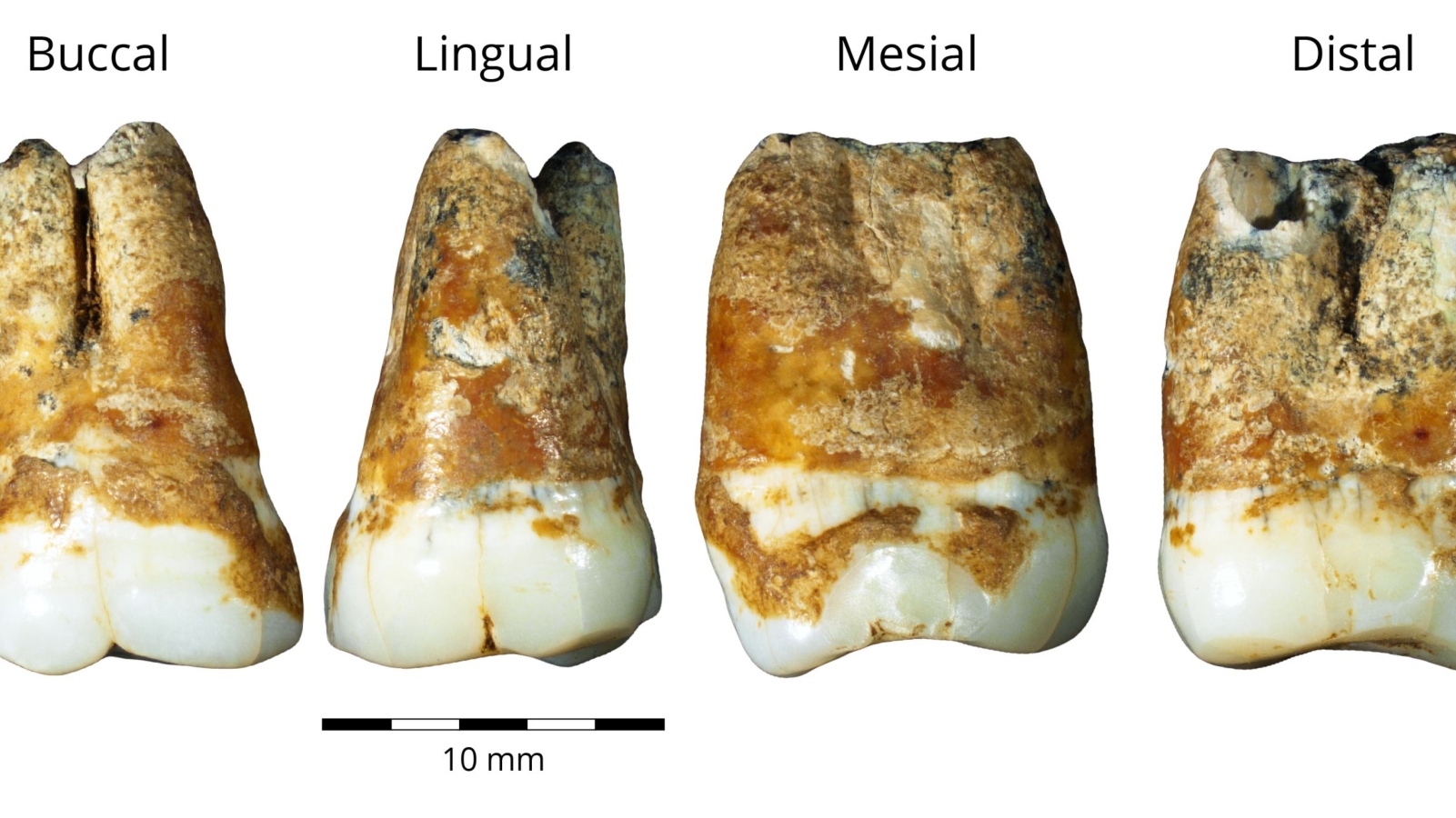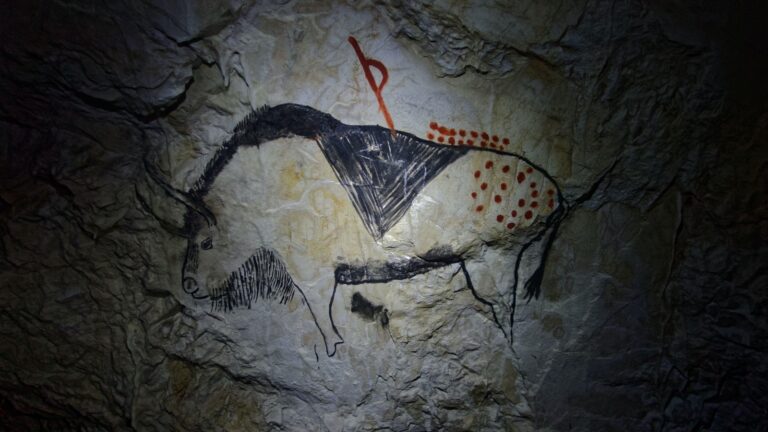Researchers from Tel Aviv University, the Israel Antiquities Authority and Ben-Gurion University of the Negev have discovered that the Aurignacians, who lived in the Levant 40,000 years ago, migrated from Europe.
Their findings, published in the Journal of Human Evolution, shed light on a significant era in the region’s history when it was populated by these culturally sophisticated yet mysterious early humans.
Aurignacian culture can be traced back some 43,000 years in Europe. Surviving artifacts include bone tools, jewelry, musical instruments and cave paintings.
Until recently, researchers assumed that modern man’s entry into Europe led to the rapid decline of the Neanderthals, either through violent confrontation or wresting control of food sources.
The new study adds evidence to the genetic studies behind the increasingly accepted theory that Neanderthals did not vanish but rather assimilated into human immigrant populations and arrived in what is now Israel about 40,000 years ago.
Teeth provide clues
The researchers used cutting-edge dental techniques to examine six human teeth discovered at Manot Cave in the Western Galilee.

“Unlike bones, teeth are preserved well because they’re made of enamel, the substance in the human body most resistant to the effects of time,” explained lead researcher Dr. Rachel Sarig of TAU’s School of Dental Medicine and Dan David Center Center for Human Evolution and Biohistory Research, Sackler Faculty of Medicine.
“The structure, shape, and topography or surface bumps of the teeth provided important genetic information. We were able to use the external and internal shape of the teeth found in the cave to associate them with typical hominin groups: Neanderthal and Homo sapiens.”
In collaboration with Omry Barzilai of the Israel Antiquities Authority and colleagues in Austria and the United States, the researchers performed lab tests using micro-CT scans and 3D analyses on four of the teeth.
The results were surprising: Two teeth were identified as Homo sapiens, one tooth as Neanderthal and the last tooth a combination of Neanderthal and Homo sapiens.
This combination has been found before only in European populations from the early Paleolithic period.
“Following the migration of European populations into this region a new culture existed in the Levant for a short time, approximately 2,000 to 3,000 years,” Sarig explained. “It then disappeared for no apparent reason. Now we know something about their makeup.”
“Until now, we hadn’t found any human remains with valid dating from this period in Israel,” adds Prof. Israel Hershkovitz, head of the Dan David Center, “so the group remains a mystery. This groundbreaking study contributes to the story of the population responsible for some of the world’s most important cultural contributions.”















